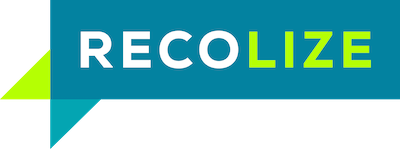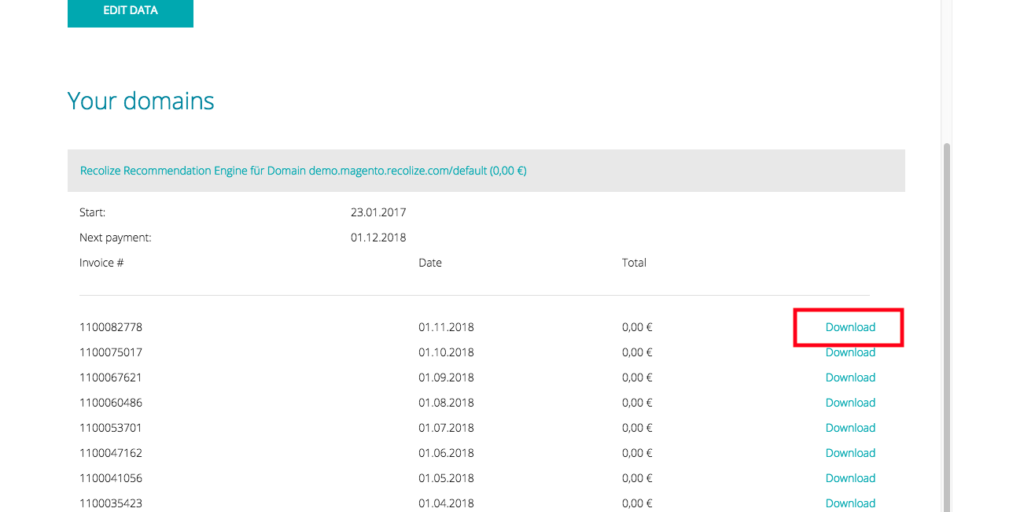We often see confusion regarding the 2 topics “Up-selling” on the one hand and “Cross-selling” on the other hand, although there are major differences between both. In addition, also E-Commerce systems like Magento do not distinguish properly between these two which increase the uncertainty about them.
Generally both terms describe the process of providing recommendations for other products on the basis of one or more products. The difference between Up-selling and Cross-selling will be examined in the following paragraphs.
In the process of Cross-selling several other products are recommended that are similar to the current one and may be exchanged with it. A popular example is a bike tire of brand A that can be exchanged with a tire of brand B that has similar properties (e.g. kind of terrain, pricing, etc.).
In order to be able to display those recommendations Recolize compares and weights the product attributes of the current tire with all available other products and automatically learns and creates those cross-linking connections between them.
For more information about Cross-selling please also see our blog articles about 3 Ways to Integrate Cross-Sells on Product Pages and 15 % Conversion Uplift: Automated vs. Manual Cross-Sells.
On the other hand, Up-selling describes the process of recommending products that are more expensive than the current one(s). Imagine for example you added a watch in the mid-price region to the shopping cart and on the cart page you will be displayed with luxury watches that have a much higher price.
Up-selling in Recolize can be easily done with one click by using its flexible filtering engine.
More use cases for Up-selling can also be found in our blog articles 5 Advantages of Recommendations in Transactional Emails and The Power of Real Individual Recommendations.



